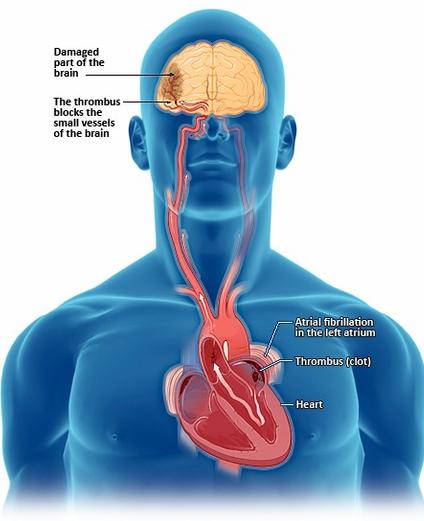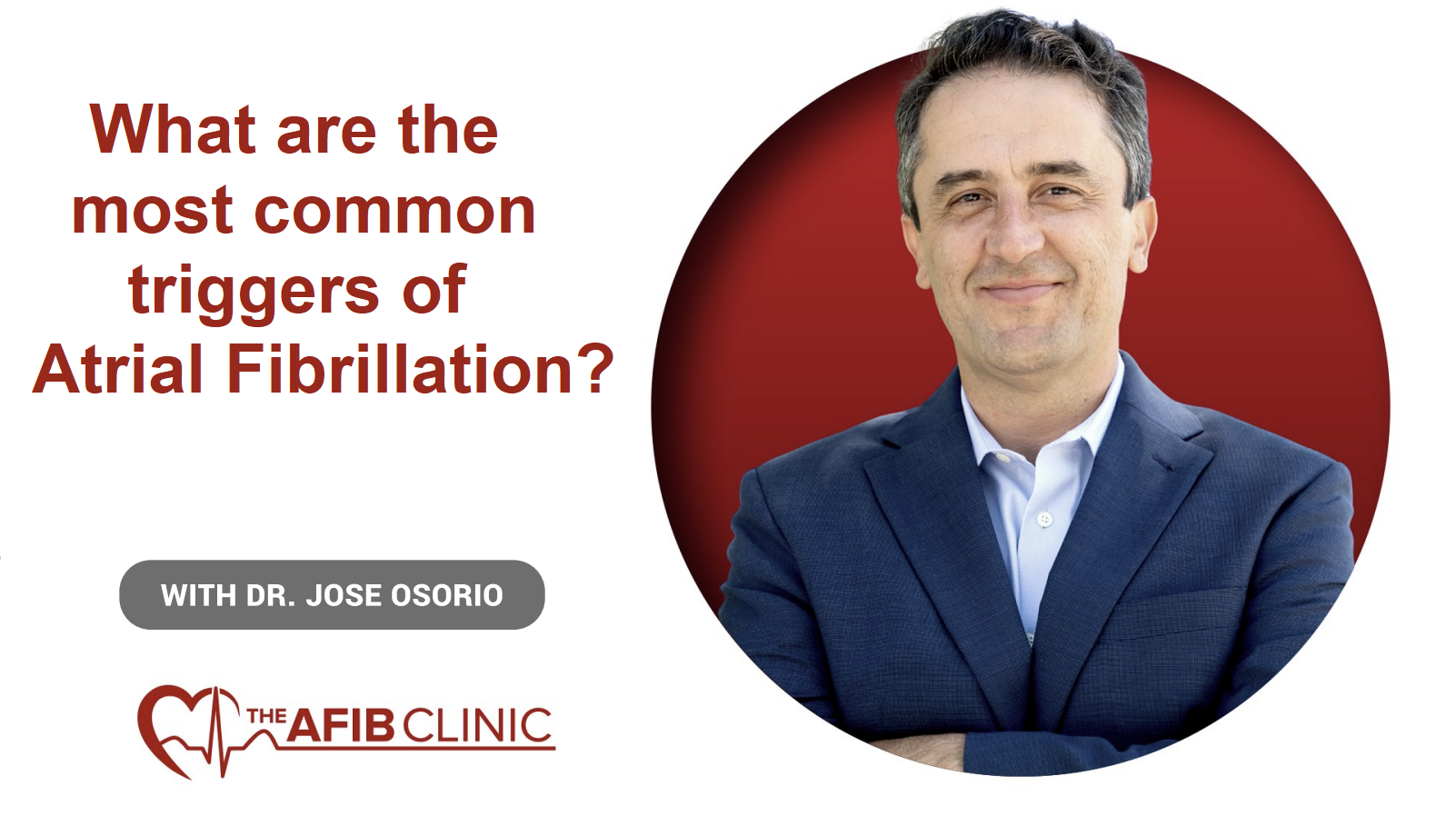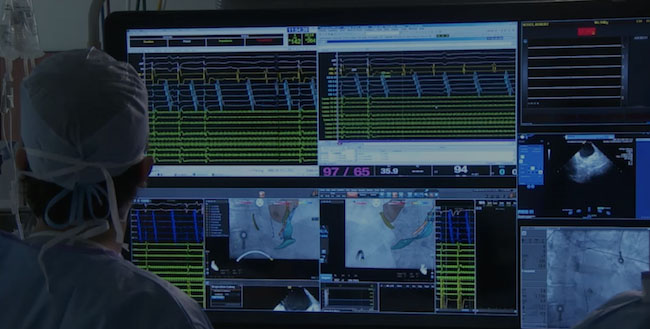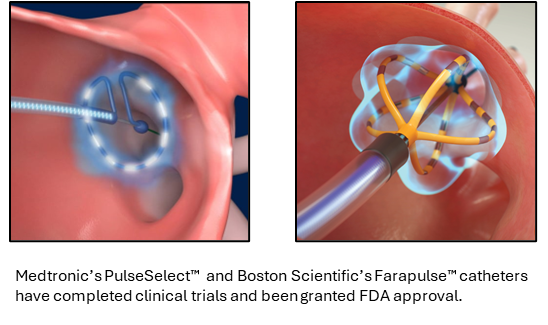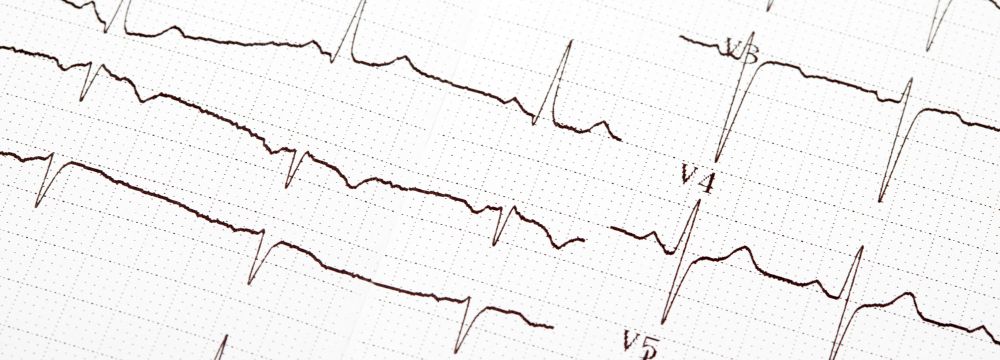Atrial Fibrillation
If you have Atrial fibrillation and an increased risk of stroke, we have to reduce your risk with either medications or procedures.
If your risk of stroke is increased we will recommend that you use oral anti-coagulants (or blood thinners) that can reduce the risk of stroke significantly. These medications are widely used today and they successfully reduce the risk of stroke. The new class of medications called Direct Oral Anticoagulants do not require you to have frequent blood work or a restricted diet.
All blood thinners may increase your risk of bleeding. It is important for us to monitor and also to understand your bleeding risk. And for patients that have had bleeding problems or have a very high risk of bleeding or a lifestyle that make the use of our anti-coagulants dangerous there are alternatives to consider today. Left atrial appendage closure using the watchman device is an alternative for patients with Afib to reduce stroke risk.
Left Atrial Appendage Closure using the Watchman Device
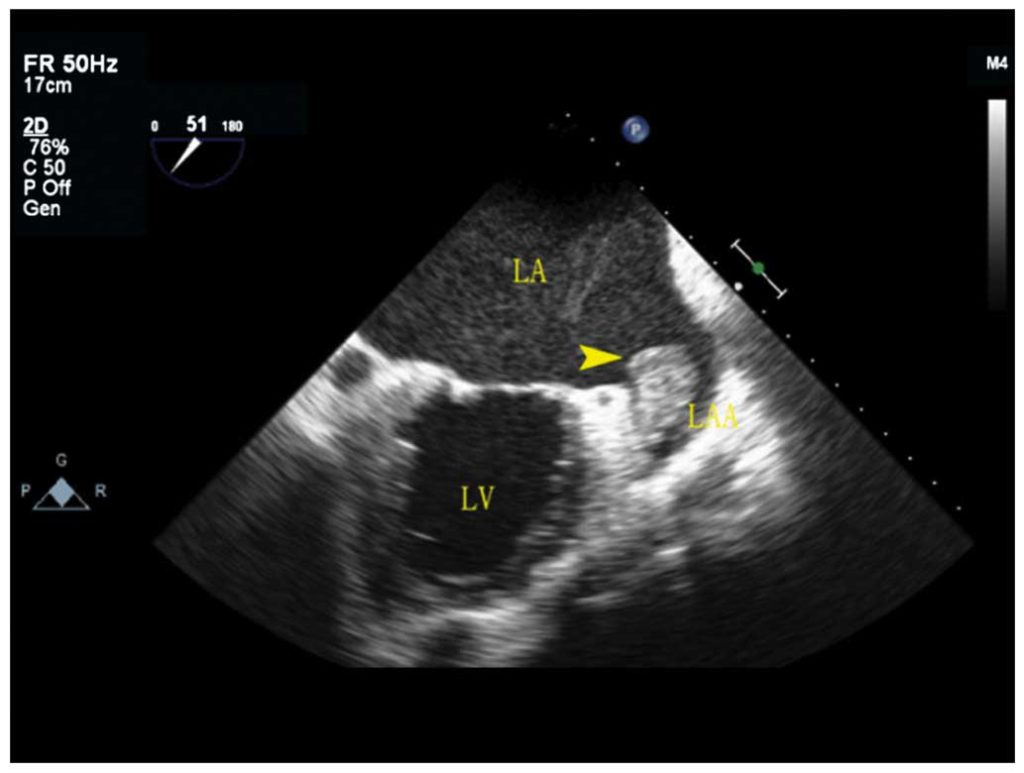
Left atrium (LA) and left atrial appendage (LAA) is shown. A large clot (arrowhead) is seen in the LAA.
The left atrial appendage (LAA) is a small pouch in the left atrium. If a patient has afib, there is no meaningful contraction in the left atrium, and therefore blood can pool in the LAA. If blood doesn’t move, a clot can form.
If that clot dislodges and travels to the brain, it will interrupt blood supply, causing a stroke. There are multiple reasons for strokes, and atrial fibrillation is one of the most common causes.
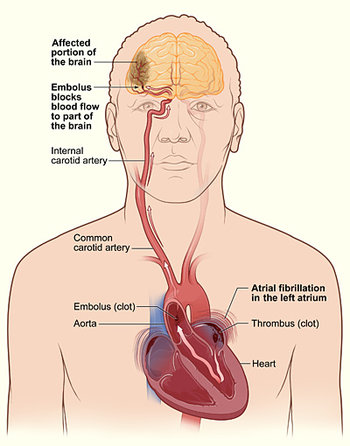
Atrial fibrillation causes strokes when blood clots form in the heart and embolize (dislodge and travel) to the brain
Left atrial appendage closure with the watchman device is a procedure that can be performed to reduce the risk of stroke without the need of lifelong oral anticoagulant use.
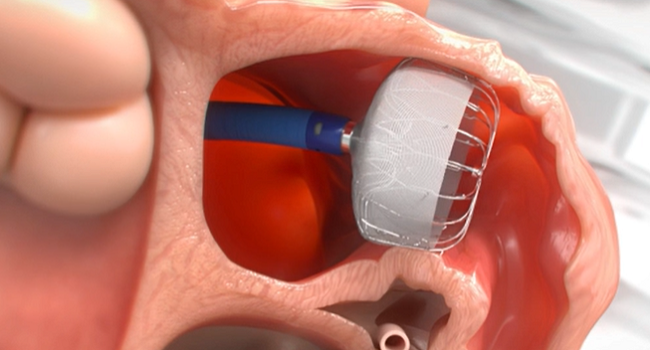
Watchman device closing the left atrial appendage
Dr Jose Osorio
Miami, FL
Read more about AFib:








